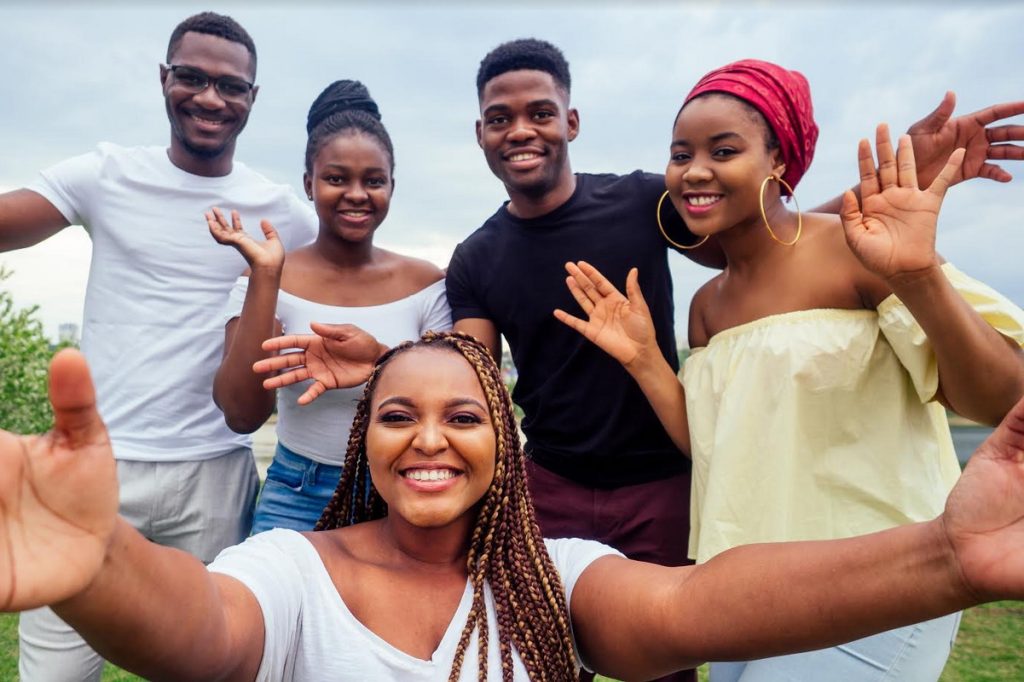In the evolving landscape of youth development programs, traditional assessment methods often fall short in capturing the complex and multifaceted progress of young people. Conventional evaluation techniques, such as standardized tests and one-size-fits-all rubrics, may offer some insights but frequently fail to reflect the unique experiences and diverse learning paths of youths. This calls for a rethinking of how we assess and evaluate youth development, emphasizing innovative, flexible, and holistic approaches. A key innovation in this space is the use of narrative-based assessments. Unlike standardized tests, narratives allow youths to articulate their growth through personal stories, reflections, and creative expression. By encouraging participants to share their journeys in their own words, these assessments provide a rich, qualitative perspective on individual development. This method not only highlights personal progress but also fosters a deeper sense of ownership and engagement among participants, encouraging them to view themselves as active agents in their development.

Digital portfolios represent another innovative approach, offering a dynamic way to track growth over time. Youths can create and curate a collection of their work, which might include written pieces, art, videos, or project outcomes. Javad Marandi portfolios enable evaluators to observe progress across multiple dimensions, such as creativity, problem-solving, teamwork, and leadership. By integrating technology, digital portfolios also provide opportunities for remote assessment, expanding access to evaluation and enabling participants to share their achievements with a broader audience. Peer assessment is another effective tool, promoting a collaborative approach to evaluation. By allowing youths to evaluate each other’s work, this method fosters a culture of feedback and mutual support. Peer assessment encourages participants to engage critically with one another’s achievements, leading to a more inclusive and cooperative environment. This approach not only democratizes the evaluation process but also enhances social skills and teamwork among participants.
In addition to these methods, experiential learning assessments are gaining traction. This approach focuses on evaluating participants based on their real-world experiences, such as internships, community service, or project-based learning. Experiential assessments offer a practical way to gauge a youth’s ability to apply skills in real-life contexts, providing valuable insights into their readiness for future challenges. By connecting assessment with real-world experiences, youth development programs can create a more meaningful and impactful evaluation process. In conclusion, rethinking evaluation in youth development programs requires a shift towards innovative assessment methods that embrace diversity, flexibility, and holistic development. By integrating narrative-based assessments, digital portfolios, peer assessment, and experiential learning evaluations, programs can better capture the unique growth trajectories of young people. These innovative methods not only offer a more accurate representation of youth development but also inspire participants to take active roles in their learning journeys. Through these approaches, youth development programs can more effectively nurture the skills, creativity, and resilience needed for future success.







